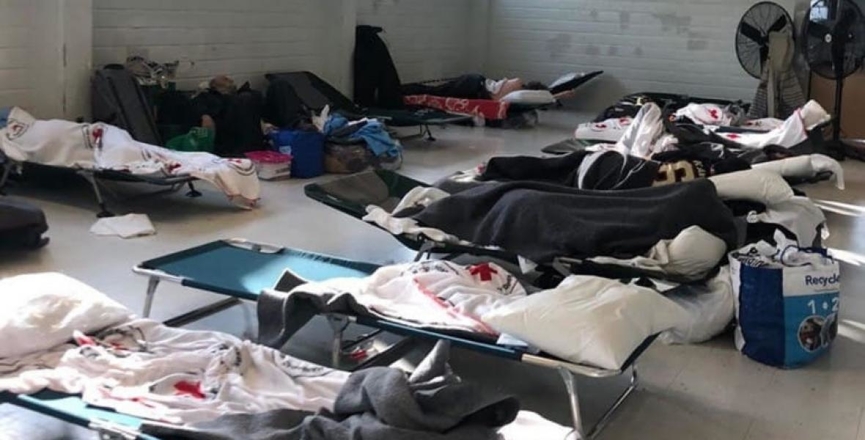It shouldn’t have taken a court case to ensure that Toronto shelters would move beds two metres apart in a pandemic.
In a previous blog, I chronicled how and why a legal coalition took the City of Toronto to court to protect homeless people from COVID-19.
A settlement was achieved, and one would think that would be the end of the story.
Not the case.
The legal coalition of human rights and housing advocates comprised of Sanctuary Toronto, Aboriginal Legal Services, Advocacy Centre for Tenants Ontario, Black Legal Action Centre, Canadian Civil Liberties Association, HIV & AIDS Legal Clinic Ontario with Goldblatt Partners went back to court in September to argue that the City of Toronto had breached its agreement on physical distancing in shelters.
The Ontario Superior Court agreed. In a decision released on October 15, Justice Lorne Sossin found that the city breached its obligations under the agreement that it signed with the coalition. The city asserted on June 15 that it had achieved compliance with physical distancing standards between all beds in the shelter system, when in fact it had not reached that milestone, nor made its best efforts to do so.
The court confirmed in its judgment that “any failure by the City to take all reasonable steps to meet physical distancing standard in congregate shelter settings heightens an already significant risk of the spread of COVID-19 to some of the most vulnerable members of our society.”
The city persistently insisted that the two-metre separation only applies to the distance between the sides of bed, not around the entire perimeter.
The court was critical of the city’s interpretation of two-metre physical distancing requirements, noting that this interpretation was decided upon “without the benefit of public health guidance.”
The court held that future decisions about the configuration and distancing of beds in shelters must be rooted in specific and transparent public health expertise and guidance. It ordered the city to obtain such guidance and to share the results with the coalition that started the legal challenge.
The coalition members responded to the court’s decision in a media release:
“It is clear from the court decision that the City needs to do a better job protecting people in shelters from COVID-19 transmission,” said Fareeda Adam of the Black Legal Action Centre. “651 people who use shelters have contracted COVID- 19 and four people have died. We know that this virus disproportionately impacts Black, Indigenous and other racialized communities, as well as people living with disabilities, and these communities are also overrepresented amongst shelter residents.”
“The Court’s decision confirms the Coalition’s position that the City has not done enough to reduce the risks of COVID transmission within Toronto’s shelter system, and that the City’s assertion of compliance with physical distancing standards was premature,” said Jessica Orkin, legal counsel to the applicants. “Justice Sossin’s judgment will ensure that going forward, decisions about physical distancing within the shelter system are based upon evidence-based guidance from independent public health experts.”
“With rising COVID-19 counts, we are concerned about people who use shelters, people who work at shelters, and the whole community” stated Noa Mendelsohn Aviv of the Canadian Civil Liberties Association.
“This case highlights the need to be vigilant about protecting the health of people who use shelters,” said Senior Staff Lawyer at Aboriginal Legal Services Emily Hill. “Our goal is to keep Indigenous people and communities safe from the spread of COVID-19.”
“As the second wave of COVID-19 is well under way and first snow could fly any day, it is urgent and vital that the City of Toronto finally and fully provide appropriately physically distanced shelter space for its poorest residents,” said Doug Johnson Hatlem, street pastor with Sanctuary Ministries of Toronto. “Hundreds of those residents remain outdoors in tents or otherwise sleeping rough due to legitimate fears of contracting a deadly and highly contagious disease, and because the shelters are crowded and full.”
In October, the U.S. Centers for Disease Control revised their guidelines to include that the novel coronavirus can be spread through aerosols, which can “linger in the air for minutes to hours” and travel further than six feet. A generous interpretation of two-metres surely should apply to shelters that are crowded with poor ventilation.
As Leilani Farha has stated: “Home has rarely been more of a life and death situation.” It will be the only guaranteed protection from here on in.
Cathy Crowe is a street nurse, author and filmmaker who works nationally and locally on health and social justice issues.
Image: Cathy Crowe



